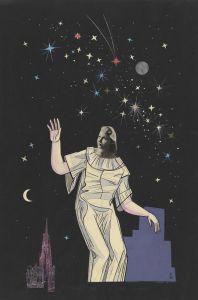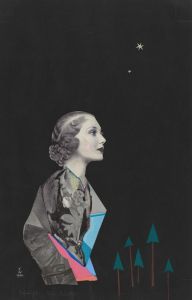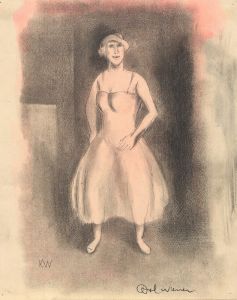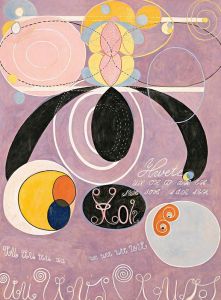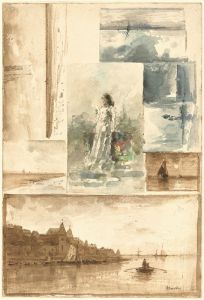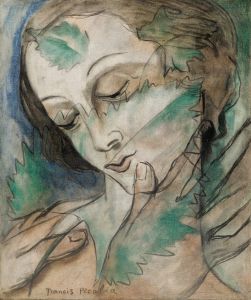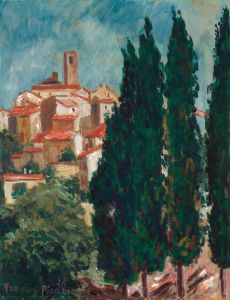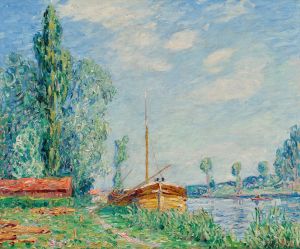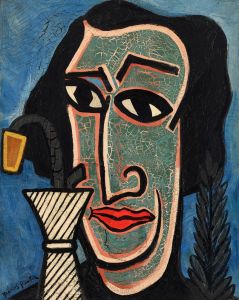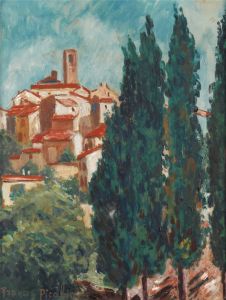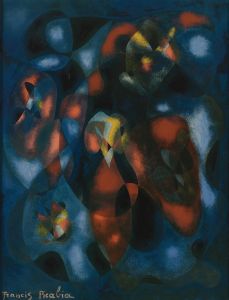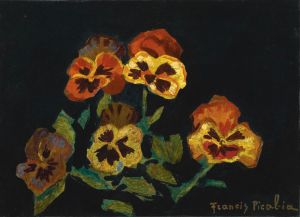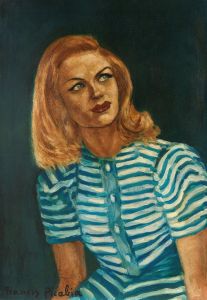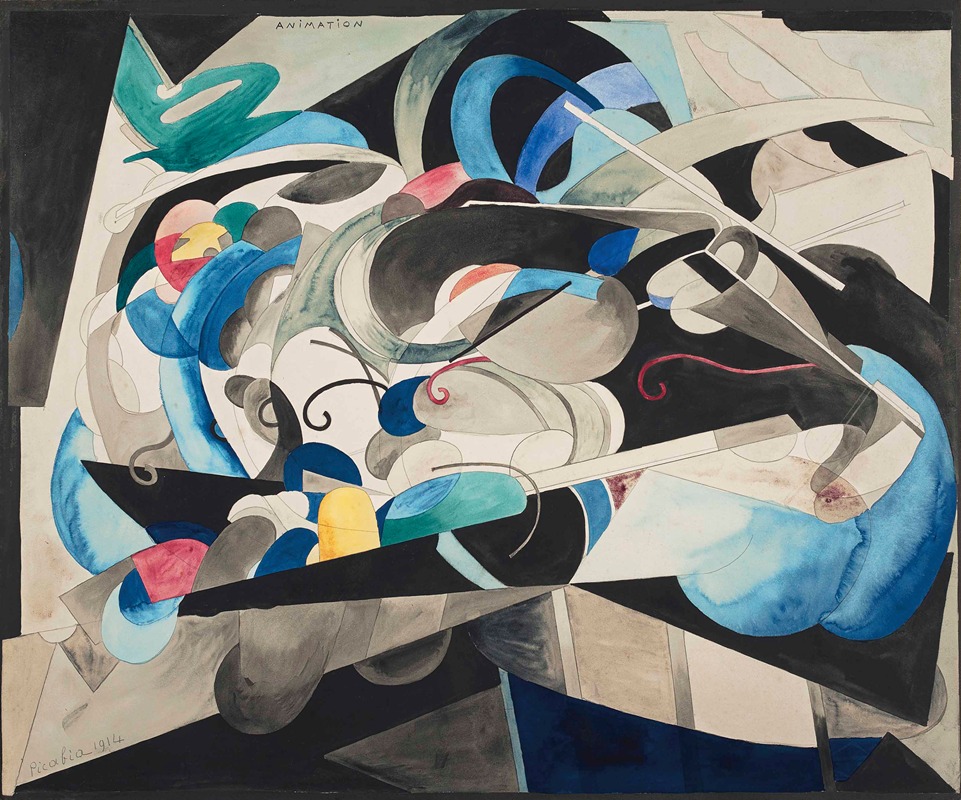
Animation
A hand-painted replica of Francis Picabia’s masterpiece Animation, meticulously crafted by professional artists to capture the true essence of the original. Each piece is created with museum-quality canvas and rare mineral pigments, carefully painted by experienced artists with delicate brushstrokes and rich, layered colors to perfectly recreate the texture of the original artwork. Unlike machine-printed reproductions, this hand-painted version brings the painting to life, infused with the artist’s emotions and skill in every stroke. Whether for personal collection or home decoration, it instantly elevates the artistic atmosphere of any space.
Francis Picabia was a French avant-garde painter, poet, and typographist, associated with a variety of artistic movements including Impressionism, Cubism, Dada, and Surrealism. His work is known for its diversity and innovation, often challenging conventional artistic norms. One of his notable works is "Animation," a painting that reflects his experimental approach to art.
"Animation" by Francis Picabia is a piece that exemplifies his transition from Impressionism and Cubism to a more abstract and mechanistic style, which became a hallmark of his work during the Dada movement. Picabia was deeply influenced by the technological advancements of his time, and this is evident in his incorporation of mechanical elements into his paintings. "Animation" is no exception, as it features abstract forms that suggest movement and dynamism, reminiscent of machinery and industrial progress.
The painting is characterized by its use of bold lines and geometric shapes, which create a sense of rhythm and motion. This reflects Picabia's interest in the concept of perpetual motion and the idea of machines as a metaphor for modern life. The work does not depict any recognizable objects or figures, instead relying on abstract forms to convey its message. This abstraction is typical of Picabia's work during the Dada period, where he sought to break away from traditional artistic conventions and explore new forms of expression.
Picabia's "Animation" can be seen as a response to the rapidly changing world of the early 20th century, where technology and industry were transforming everyday life. The painting captures the energy and excitement of this era, while also questioning the impact of these changes on human experience. By using abstract forms and mechanical motifs, Picabia invites viewers to consider the relationship between man and machine, and the ways in which technology shapes our perception of reality.
The Dada movement, with which Picabia was closely associated, was characterized by its rejection of traditional art forms and its embrace of absurdity and irrationality. "Animation" reflects these principles through its unconventional composition and abstract imagery. The painting challenges viewers to reconsider their assumptions about art and its role in society, encouraging them to engage with the work on a deeper, more conceptual level.
Francis Picabia's contribution to modern art is significant, and "Animation" is a testament to his innovative spirit and willingness to push the boundaries of artistic expression. The painting remains an important example of early 20th-century abstraction and continues to be studied and appreciated for its bold exploration of form and movement.
In summary, "Animation" by Francis Picabia is a work that captures the essence of the Dada movement through its abstract forms and mechanical motifs. It reflects the artist's fascination with technology and his desire to challenge traditional artistic norms. The painting invites viewers to explore the relationship between art, technology, and modernity, making it a significant piece in the history of modern art.





